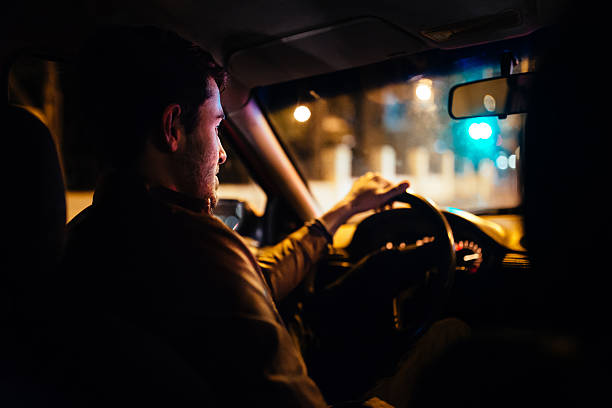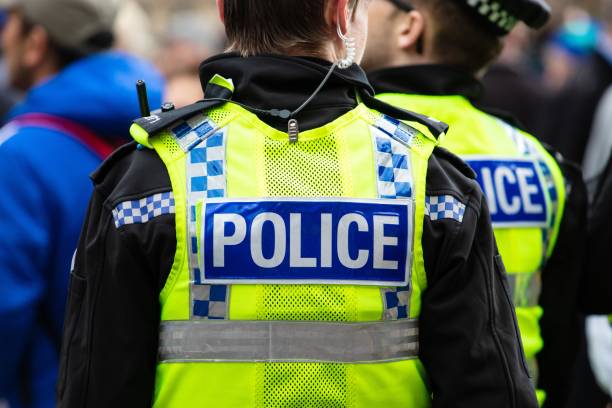Driving at night presents unique challenges and risks that require a heightened level of caution. In this discussion, we will explore the compelling reasons why you should consider slowing down when you hit the road after the sun has set. From reduced visibility to increased reaction times, we’ll uncover the importance of adopting a more measured approach to nighttime driving to ensure your safety and the safety of others on the road.
Table of contents
Why You Should Drive Slower At Night
Driving slower at night is essential for several reasons:
- Reduced Visibility: Nighttime reduces your ability to see clearly. Lowering your speed gives you more time to react to unexpected obstacles or hazards that may appear in your headlights.
- Increased Stopping Distance: Slowing down extends the distance your vehicle needs to come to a complete stop. This additional stopping distance can be a lifesaver if you need to brake suddenly.
- Impaired Perception: Your depth perception and peripheral vision are compromised in the dark. Driving at a slower pace allows you to better assess your surroundings and make safer decisions.
- Wildlife and Pedestrians: Nocturnal animals and pedestrians can be harder to spot at night. A reduced speed provides a better chance to spot and avoid them without collisions.
- Glare from Oncoming Traffic: Oncoming headlights can create glare, making it harder to see the road. Driving slower minimizes the impact of this glare on your vision.
- Impaired Reaction Time: Fatigue and reduced alertness are common at night. Slower speeds give you more time to react if you or another driver makes a mistake.
Is It True More Accidents Occur At Night?
Yes, it is true that a higher proportion of accidents occur at night compared to daytime. Several factors contribute to this:
While more accidents occur at night, it’s important to note that the severity of accidents is often greater due to reduced reaction times and the potential involvement of impaired or fatigued drivers. Therefore, driving slower and with added caution at night is crucial to reduce the risks associated with nighttime driving.
Dangers Of Driving At Night
Driving at night poses several dangers, including:
- Fatigue: Drivers are often more fatigued at night, which can lead to decreased alertness and slower reaction times.
- Increased Drunk Driving: A higher percentage of accidents at night involve alcohol-impaired drivers, which significantly raises the risk of accidents.
- Drowsy Driving: Nighttime driving increases the chances of drowsy driving, which can result in impaired attention and slower reactions.
- Inadequate Street Lighting: Poorly lit roads in rural areas can make it more challenging to navigate safely.
- Risk of Robbery or Assault: Some areas may pose an increased risk of criminal activities at night, especially in urban environments.
Frequently Asked Questions
Driving at night is more dangerous due to reduced visibility, increased glare, impaired depth perception, and the potential presence of drunk or fatigued drivers.
Reduce your speed, use your headlights properly, stay alert, and avoid distractions. Avoid alcohol and get enough rest before driving at night.
Speed limits generally remain the same at night, but it’s advisable to drive at a speed suitable for the conditions, which may mean driving slower due to reduced visibility.
Dim your own headlights, use the rearview mirror’s night setting, and focus on the right side of the road to avoid direct glare.
Keep a safe distance, do not attempt to overtake, and report the suspected drunk driver to the authorities when it’s safe to do so.
Conclusions
The perils of driving at night are undeniable, with reduced visibility, the potential for glare, and the increased risk of encountering impaired or fatigued drivers. However, by heeding the advice provided, including driving at a reduced speed, using headlights judiciously, and maintaining unwavering vigilance, we can navigate the challenges of nighttime driving more safely.
References
- geico.com – 12 Safety Tips For Driving At Night
- wikihow.com – How To Drive At Night
- progressive.com






